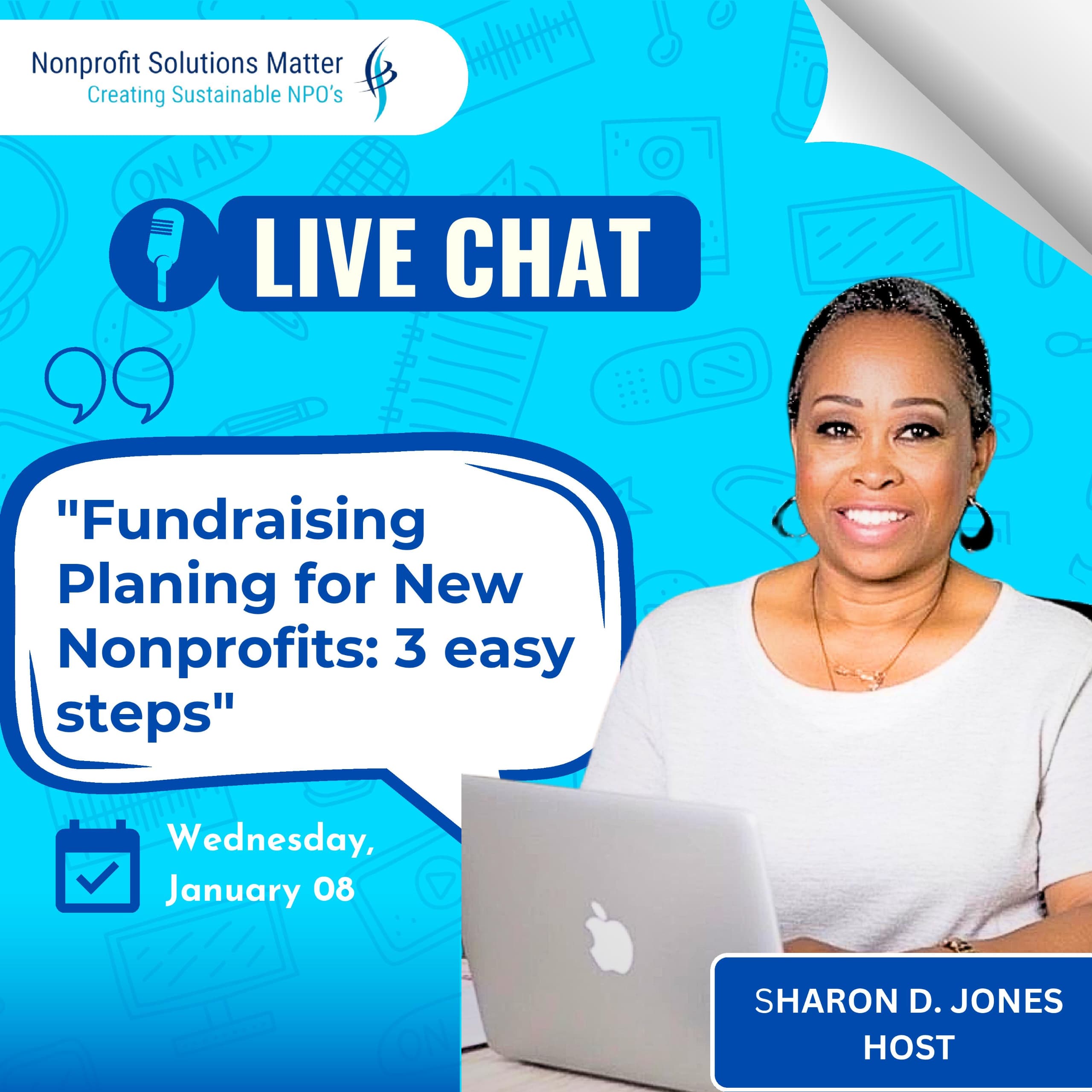Creating A Philanthropic Culture Within Your Board
Today, we're going to discuss creating a culture of philanthropy within your nonprofit board.
A common challenge many organizations face is that board members are not fully engaged in fundraising. They often attend meetings, share their opinions, and then leave, without actively supporting fundraising efforts.
However, board members can—and should—play a much more significant role beyond just attending meetings. They have the potential to support fundraising in various ways, and that's why it's essential to create a culture of philanthropy within your board.
This ensures that everyone is contributing their skills, experience, and efforts toward the success of the nonprofit.
So, the big question we're addressing today is: How do you create a culture of philanthropy within your board? How do you make philanthropy a way of life for your nonprofit board?
I’m going to walk you through six clear steps that you can begin implementing today to guide your board towards fostering a philanthropic culture. Let’s dive in:
1. 100% Board Giving:
You’ve heard me say it before: 100% board giving is a must if you want to create a culture of philanthropy. It’s the foundation upon which philanthropy is built. People who give are more likely to encourage others to give. Board members who support the organization financially are more likely to promote it to others. If you want to instill a philanthropic culture, start with 100% board giving. Advocate for this during the board recruitment process, not after members have already settled in. Potential board members need to understand the expectations before they commit.
2. Donor Stewardship:
The second step is donor stewardship. As mentioned in our last live call with Sharon, one effective approach is to allocate specific donors to each board member for stewardship. This could involve having board members personally thank donors for their support and maintain regular communication with them. By assigning 5-10 donors to each board member, you ensure ongoing engagement, which is crucial for fostering a culture of philanthropy.
3. Create an Endowment Fund:
Establishing an endowment fund is vital, especially for organizations that already have operational funding and are in a relatively comfortable position. Comfort can lead to complacency, which is why setting up a fund or trust keeps the board focused on long-term goals. An endowment fund creates a continuous challenge, motivating board members to keep contributing even when the organization is doing well.
4. Involve Board Members in Strategic Planning:
The next step is involving board members in strategic planning. Often, organizations hire a consultant to create a plan and then present it to the board, expecting them to execute it without input. This is a flawed approach. When board members are involved in the planning process, they gain a deeper understanding of the organization and are more likely to commit to the plan. Planning together leads to better execution and a stronger commitment to the organization's goals.
5. Professional Development and Training:
Even though your board members may be experienced and talented, they may lack specific fundraising skills. It’s essential to provide them with training in areas that complement their existing skills. For example, you could offer training on how to harness their circle of influence, approach corporate donors, or understand their roles and responsibilities in fundraising. These trainings equip them to contribute more effectively, helping to establish a culture of philanthropy within your board.
6. Board Engagement Process:
Finally, a strong board engagement process is crucial. Don’t just bring board members in and leave them to figure things out on their own. There needs to be a structured process that engages them, keeps them active, committed, and accountable to the organization. This might include an accountability process, a fundraising engagement process, or a board development process. Whatever it is, it should ensure that board members are consistently involved in fundraising and committed to philanthropy as a core value.
There you have it—six clear steps to building a culture of philanthropy within your nonprofit organization. If you’re facing challenges or need help in getting your board to embrace fundraising and philanthropy, we’re here to help.
Reach out to us, and we’ll work together to ensure your success.























































